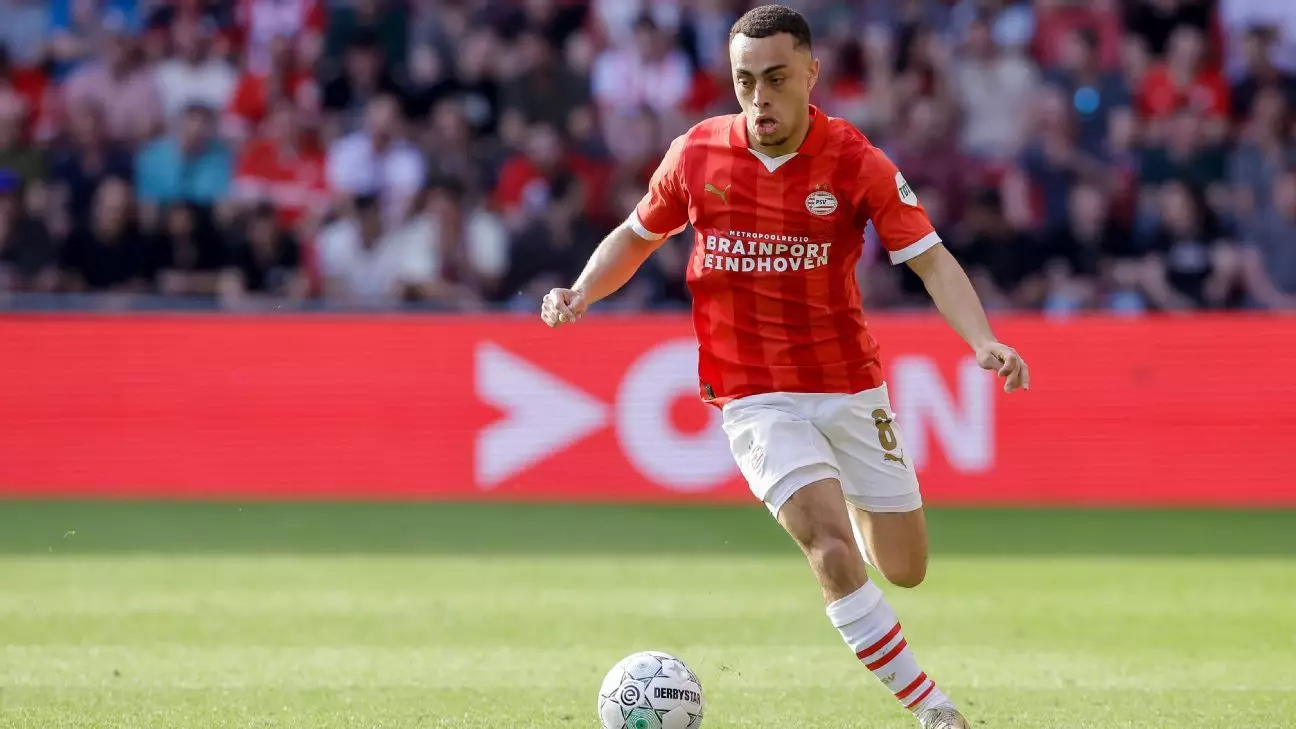The announcement of the 27-player roster by U.S. men’s national team manager Mauricio Pochettino has sparked significant conversation in soccer circles. While the lineup for the upcoming friendlies against Turkey and Switzerland appears promising, it is the conspicuous exclusion of key players that forces one to grapple with the implications for the team’s short- and long-term aspirations. Prominent players such as Christian Pulisic, Weston McKennie, and Timothy Weah will sit out this coming Gold Cup, signifying a potential paradigm shift for the squad as they diversify their ranks while preparing for the 2026 FIFA World Cup.
Pulisic’s decision to step back after a grueling season in Europe, plagued by injuries, encapsulates the mounting pressures athletes face. With over 3,500 minutes logged on the pitch, his chronic hip flexor ailment underscores the physical toll that high-stakes soccer demands. As a key figure for the U.S., his absence leaves the team not just without star power, but also without invaluable experience and leadership on the field.
Opportunities for Emerging Talent
However, the current juncture presents a golden opportunity for budding talent to emerge. Pochettino’s roster choices indicate a strategic pivot towards depth and development. With a significant number of seasoned players absent, the spotlight is now shining on younger, less experienced athletes eager to make their mark. This roster includes 12 players with fewer than five international caps and five who are uncapped. It’s a bold gamble that could yield a fresh dynamic within the team and stimulate competition for starting positions as they gear up for the World Cup.
The U.S. player base is being reshaped in real time. While the traditional core is sidelined, fresh blood can rejuvenate strategies and enrich team chemistry. The likes of Tim Ream and Tyler Adams bring a wealth of experience, serving as mentors while defensive stalwart Sergiño Dest returns from injury, embodying resilience that can inspire younger teammates. The team’s potential to evolve will be put to the test, as new formations and styles are explored during these critical friendlies.
A Coach’s Perspective on Preparation
Pochettino’s relatively recent appointment has left fans and analysts holding their breath as they anticipate how he will shape the squad. With the Gold Cup fast approaching, many believed it was a vital platform for establishing team chemistry. Pochettino’s declaration of leveraging the “extended period” with these players showcases his willingness to focus on building a cohesive unit, even when facing adversity. The Gold Cup might be compromised with the absence of key figures, yet it offers a crucial space to foster unity and understanding among players who can grasp their chance to shine.
Moreover, considering the unpredictable nature of international soccer, flexibility becomes vital. This sentiment resonates within Pochettino’s approach, as he now has the freedom to orchestrate plays and instill tactics without the shadow of traditional hierarchies. Should his experimental lineup find success in these friendlies, it could set a precedent for how the U.S. approaches the World Cup qualifiers and the tournament itself.
Looking Forward: A Complex Landscape
The U.S. squad’s upcoming matches against Turkey and Switzerland present more than mere exhibition opportunities; they are a crucial part of laying the groundwork for a competitive future. With the Gold Cup commencing shortly after, the synergy developed during these friendlies will be essential for navigating subsequent fixtures against Trinidad & Tobago, Saudi Arabia, and Haiti. Pochettino’s ability to capitalize on these moments could redefine expectations of the U.S. squad, positioning them as formidable contenders on the international stage as they approach a pivotal World Cup cycle.
While the absences of mainstay players may initially appear detrimental, they also signal a shift—a chance for renewal and reinvigoration within the U.S. men’s national team. It is in these moments of transformation that the greatest potential for success lies, as the squad uncovers new talent, builds depth, and forges a path toward its future. Soccer, after all, is as much about unity and evolution as it is about individual accomplishments.

Leave a Reply